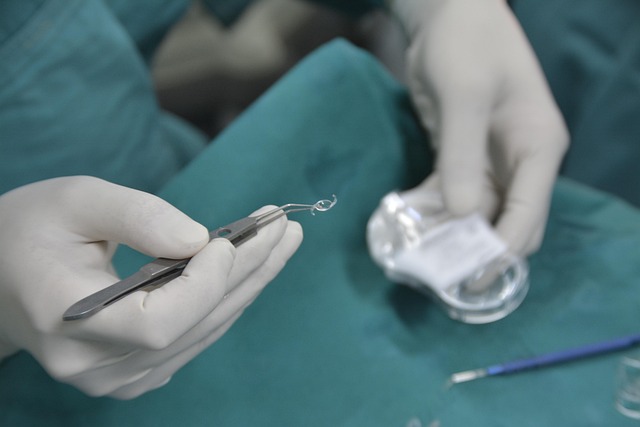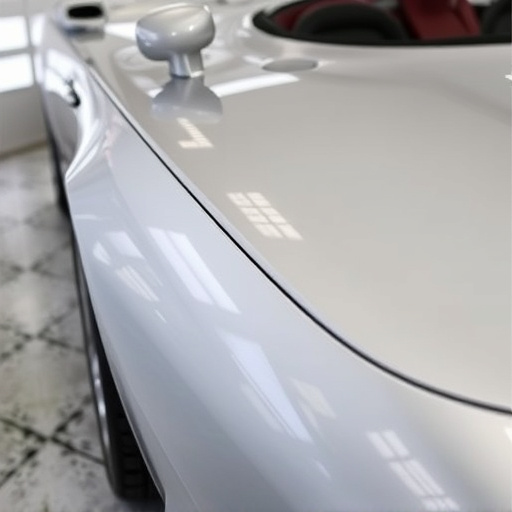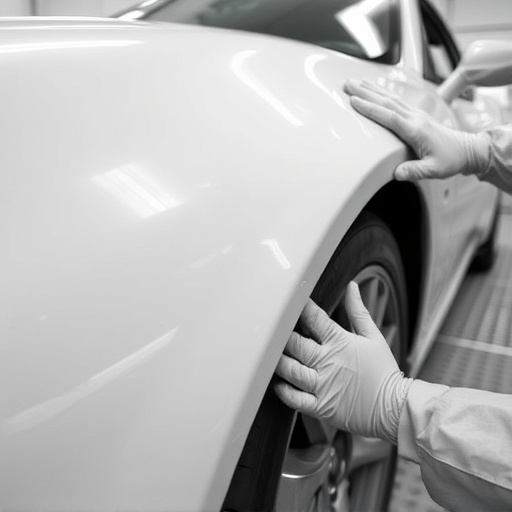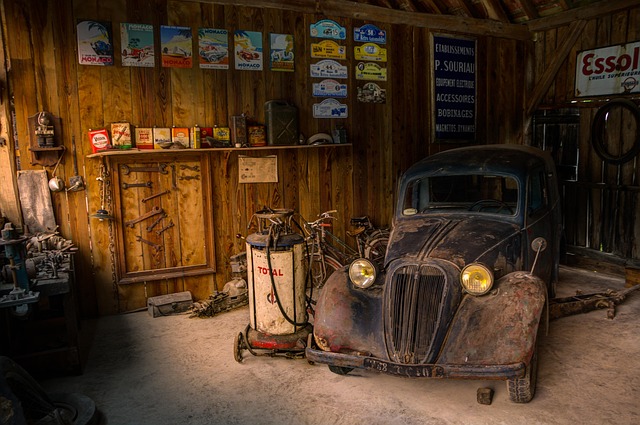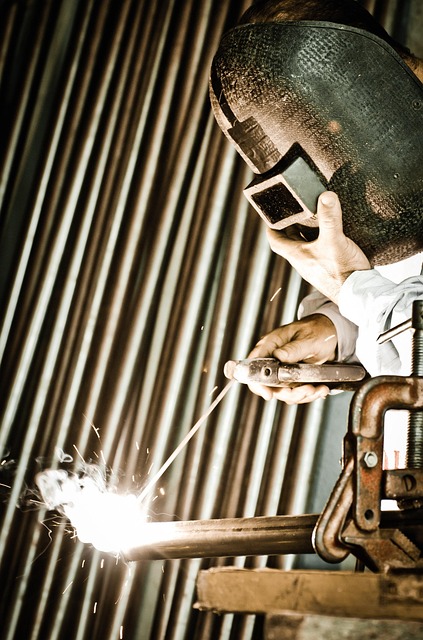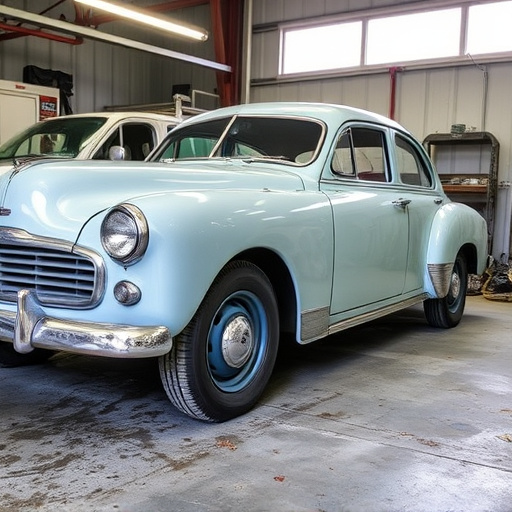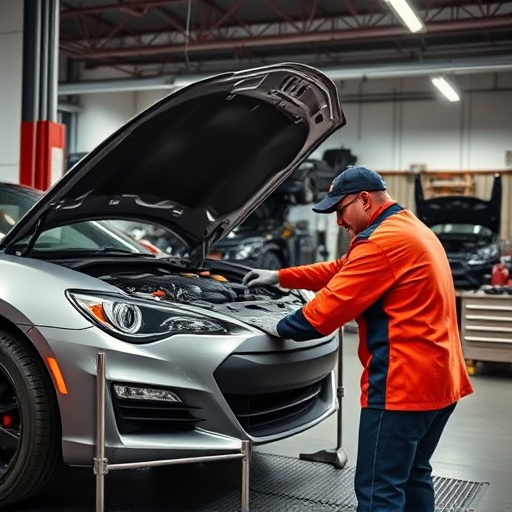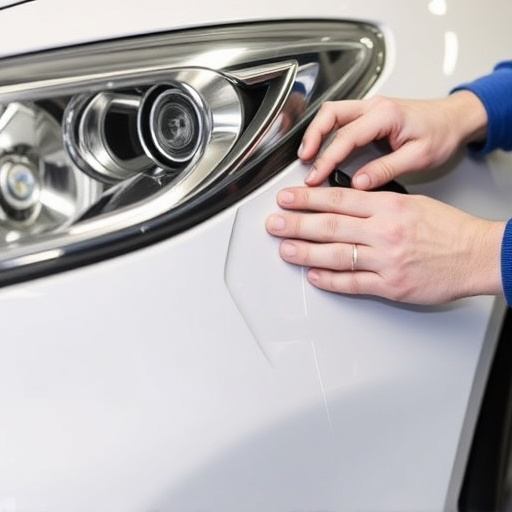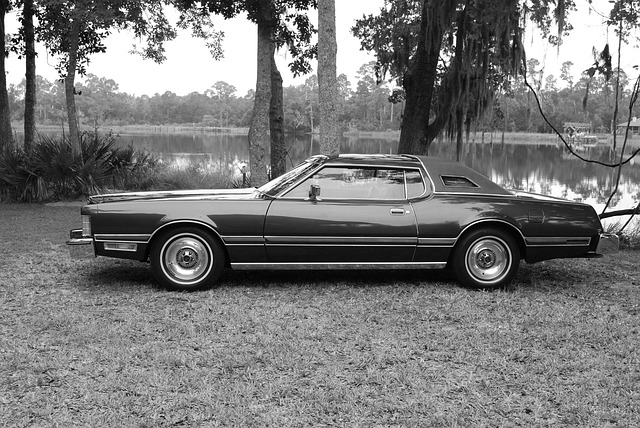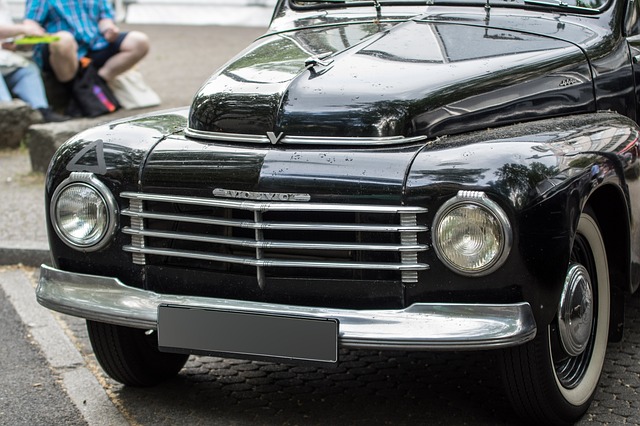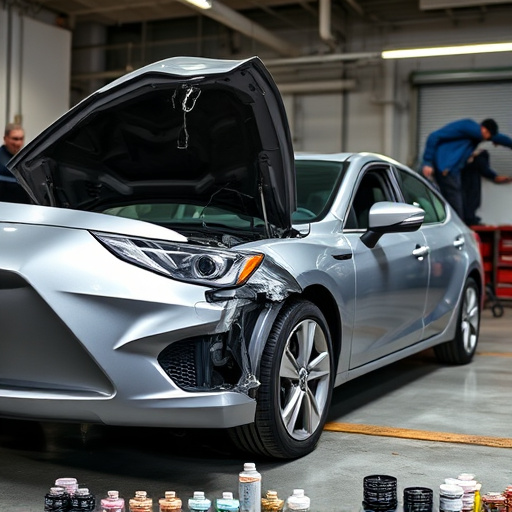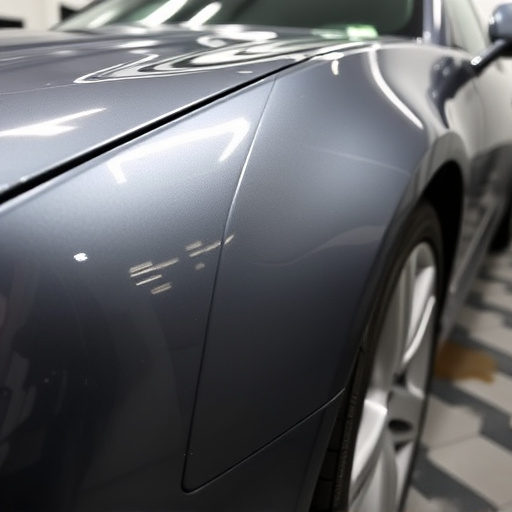Curing specialty paint properly (refer to manufacturer instructions), avoiding stress & environmental factors, and adhering to gentle cleaning & maintenance routines with pH-balanced products protect the finish, ensuring durability against chipping, peeling, fading for years of pristine appearance in auto body work.
Protecting your specialty paint finish is essential for preserving the beauty and longevity of your project. This guide walks you through understanding the unique curing process of your paint, implementing a regular cleaning routine, and preventing common damage. By adhering to these practices, you’ll ensure your specialty paint application remains flawless, enhancing the overall aesthetic appeal and durability of your work.
- Understand Your Paint's Curing Process
- Regular Cleaning and Maintenance Routine
- Preventing Common Damage and Discoloration
Understand Your Paint's Curing Process

Understanding the curing process is a crucial step in maintaining your specialty paint finish. After a specialty paint application, give it ample time to cure fully before subjecting it to any stress or environmental factors. Different paints have different curing timelines, so always refer to the manufacturer’s instructions for accurate guidelines specific to your product. During this period, avoid exposing the freshly painted surface to direct sunlight, extreme heat, or cold drafts as these conditions can disrupt the chemical reaction required for optimal hardening.
Proper curing ensures that the paint bonds firmly to the underlying surface, creating a durable and protective finish. It’s akin to allowing a freshly baked cake to set; rushing it could result in a weak structure. Similarly, in the case of autobody repairs or auto glass repair, allowing your specialty paint to cure correctly enhances adhesion, making it more resistant to chipping, peeling, or fading. This knowledge will help you maintain the aesthetics and longevity of your vehicle’s body shop finish.
Regular Cleaning and Maintenance Routine
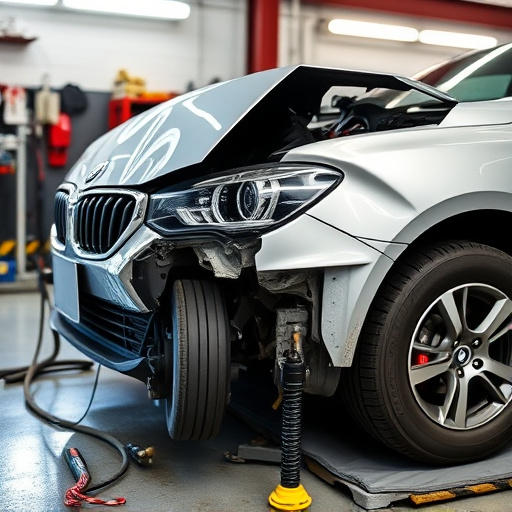
Maintaining a specialty paint finish requires a dedicated cleaning and maintenance routine. Regular washing with mild, pH-balanced car shampoos is essential to remove dirt, dust, and other contaminants that can damage the paint over time. Avoid using harsh chemicals or abrasive materials that could strip away the protective layers applied during the specialty paint application process.
In between washes, wipe down your vehicle’s bodywork with a microfiber cloth dampened with distilled water. This helps to minimize the buildup of wax, tar, and other substances that can impair the clarity and sheen of the paint. For more meticulous care, consider applying a high-quality car polish or sealant designed for specialty paint, which offers enhanced protection against UV rays, bird droppings, and other environmental factors commonly encountered in auto body repair.
Preventing Common Damage and Discoloration
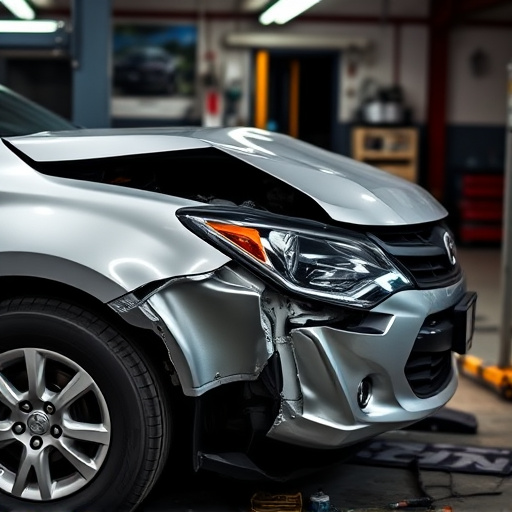
Specialty paint finishes require careful attention to prevent common damage and discoloration that can compromise their appearance and longevity. One of the primary culprits is exposure to harsh elements like UV rays from the sun, which can cause fading and cracking over time. To shield your finished work, consider applying a protective coat of clear paint or sealant specifically designed for specialty applications after the final touches have been made. This barrier helps reflect harmful radiation and preserves the vibrant hues.
Moreover, automotive repair services often encounter issues arising from improper cleaning methods. Using aggressive detergents or rough scrubbers can damage the delicate surface, leading to blisters or blotches. Always opt for mild, pH-neutral cleaners and microfiber cloths when washing your vehicle to avoid such pitfalls. Regular, gentle maintenance cleaning will keep your specialty paint application pristine, ensuring it remains a showstopper for years to come, whether it’s a meticulous auto body repair or a stunning custom car bodywork job.
Protecting your specialty paint finish requires understanding its unique curing process, implementing a rigorous cleaning routine, and proactively preventing damage. By adhering to these key practices, you’ll ensure your vibrant, durable paint job stays intact for years to come, enhancing the aesthetic appeal of any project involving specialty paint application.
